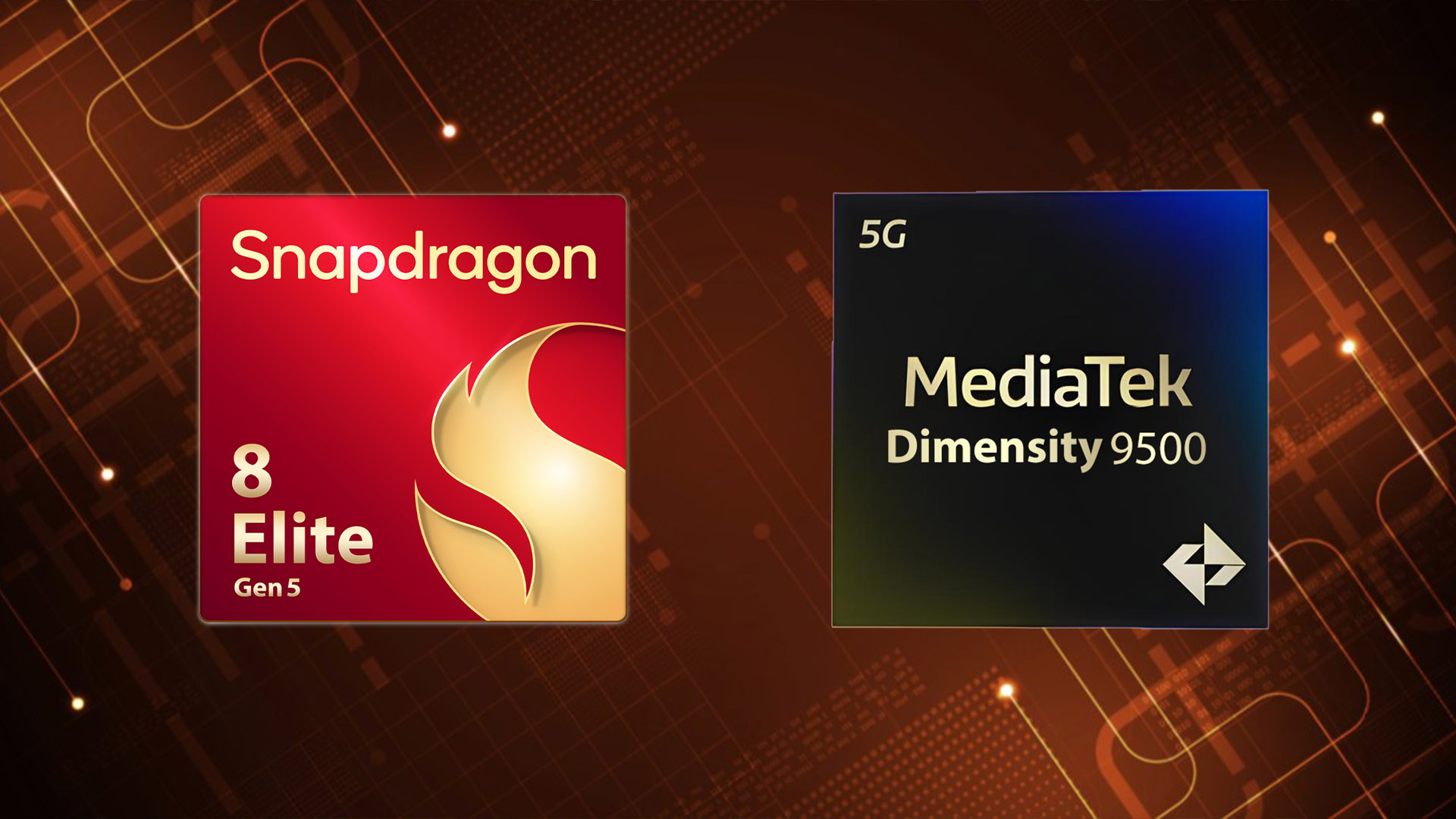Qualcomm, MediaTek Have Reportedly Paid TSMC Up To 24 Percent More For The Snapdragon 8 Elite Gen 5 & Dimensity 9500 Due To Increased Wafer Prices

The week where the Snapdragon 8 Elite Gen 5 and Dimensity 9500 will officially be announced by Qualcomm and MediaTek, respectively, has started, and while we talk about their specifications and a multitude of changes in detail, the price tag was a subject left untouched, until now. Apparently, TSMC has not offered a discount to leverage its newer 3nm ‘N3P’ technology, with a report stating that the semiconductor manufacturer’s customers have had to pay up to 24 percent more for their SoCs.
MediaTek reportedly paid a higher sum than Qualcomm to use TSMC’s 3nm ‘N3P’ technology; Apple’s name also mentioned in the report, but no details are present
Despite the newer manufacturing process offering fewer benefits like delivering a 5 percent performance bump at the same power consumption, and offering between 5-10 percent in energy savings at the same frequency, China Times reports that Qualcomm and MediaTek have had to pay a higher sum to take advantage of TSMC’s 3nm ‘N3P’ node. While the exact price of the chipset was not mentioned, the report mentions how much higher each company had to pay.
MediaTek apparently paid a 24 percent higher amount, while Qualcomm forked over a 16 percent premium to TSMC. However, nowhere in the report does it mention if the increased sum is compared to the direct predecessors, which, in this case, would be the Snapdragon 8 Elite and Dimensity 9400. Also, while Apple’s A19 and A19 Pro are mentioned, no figures or percentage points concerning its dealings with TSMC are highlighted in the report.
However, people close to the industry have stated that 3nm ‘N3P’ wafers’ prices have increased by 20 percent compared to the 3nm ‘N3E’ process, suggesting that Apple could have paid TSMC the difference. While the iPhone maker is somewhat safe from these price hikes, given that it only uses its A19 and A19 Pro in its devices, the company’s smartphone rivals will have to endure a different outcome.
With up to a 24 percent increase in payments to TSMC, Qualcomm and MediaTek are expected to overcharge their partners, which might force those companies to increase the prices of their flagships to customers. Also, if you thought the situation was going to improve, then the same report states that TSMC’s 2nm wafers are estimated to be 50 percent more expensive, and even then, it is not like Qualcomm and MediaTek will have ample shipments available to them because Apple was previously reported to have secured more than half of the initial capacity.



